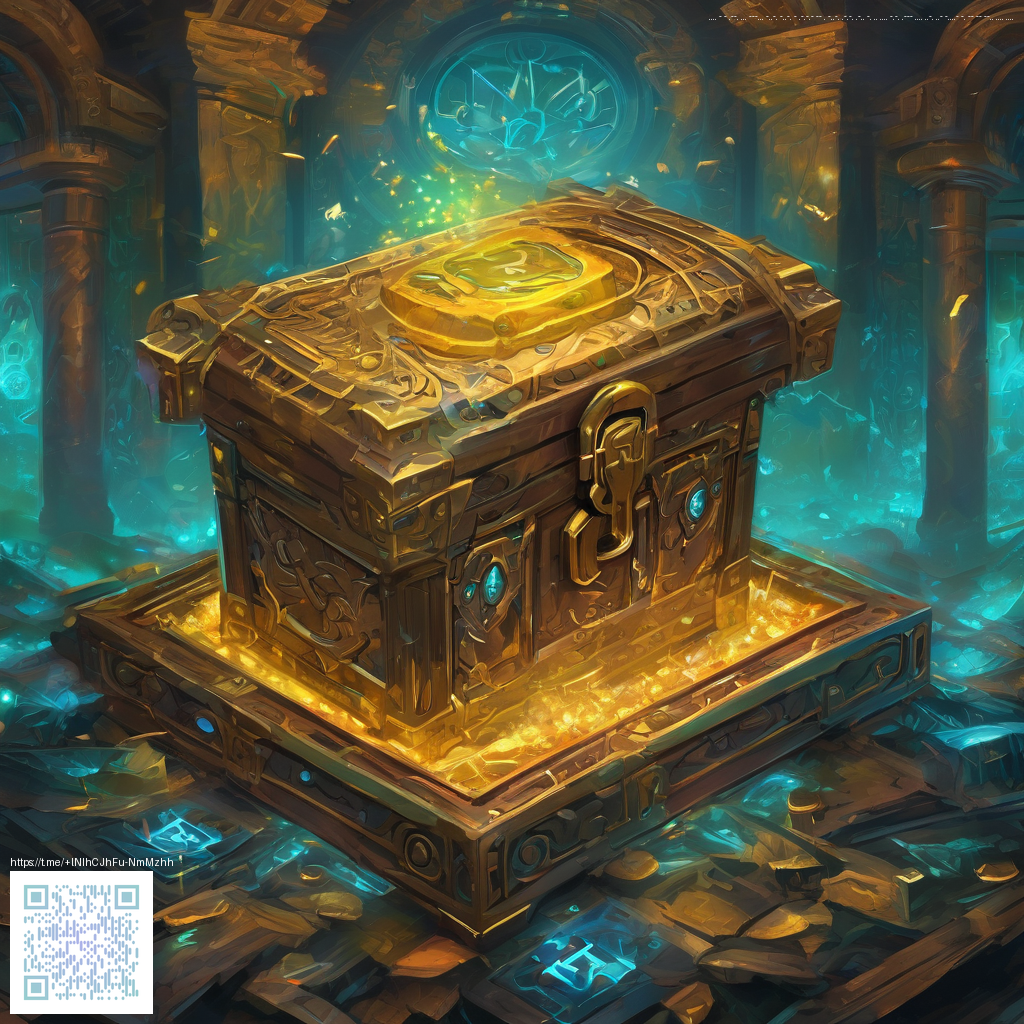
Building Colorful Pathways with Blue Terracotta
Blue Terracotta offers a calm, cool tone that can anchor a garden, harbor district, or mountain retreat. In this guide we explore practical use cases for pathways, how to lay out blue blocks for smooth walking, and the little tricks that make color really sing in a large build. The approach blends solid mechanics with creative patterning so your paths feel lively without overpowering surrounding textures.
Understanding the block in your world
Blue Terracotta is a sturdy block with a respectable hardness that tells your pickaxe what to expect. It is not transparent and does not emit light, so it behaves like other solid paving blocks in terms of light and visibility. When harvested with the right tool it drops itself, making it easy to reuse sections or relocate parts of a walking route. This reliability makes it a favorite for long term builds where you want a consistent look that ages well with the environment.
Pathway design ideas that shine with color
Paths are more than just routes they define pace and mood. With blue terracotta you can craft a variety of patterns to suit your terrain and build style. Try these starting concepts
- Straight lanes flanked by grass for a tidy campus vibe
- Checkerboard accents by pairing blue with light gray blocks for a modern feel
- Gentle curves that follow hills or water lines creating a natural flow
- Sections that alternate blue terracotta with wooden planks to break up color blocks
For a clean walkway remember to keep to a full block width and plan subtle borders. A narrow strip of slabs along the edge can soften transitions without stealing the spotlight from the main color. If you like a bit more texture try adding a second tile style every few meters to create visual interest while preserving coherence.
Lighting and atmosphere
Blue Terracotta on its own does not light up the night. To keep paths safe after sunset place lights nearby or directly along the route. Lanterns on posts, sea lanterns set into the ground, or glowstone hidden beneath steps are all good options. The trick is to balance illumination with the mood you want so the blue reads clearly from a distance while staying at ease up close.
Practical builder tips
- Pair blue with warm accents like wooden trim or orange flowers to create inviting contrast
- If you lack blue terracotta you can dye clay blocks before firing to replicate the hue
- Use consistent tile sizes and spacing to keep the pattern readable from afar
- Test your design in a separate world with different biome lighting before committing to a large project
In practice you will find blue terracotta works well with water features and garden beds. A blue path weaving around a ponds and hedges can guide visitors while setting a tranquil tempo for exploration. The solid color helps define edges while letting natural textures in the surroundings still pop through.
Version context and community influence
Blue Terracotta became part of the color terracotta family with updates that expanded the block palette. In both creative builds and on multiplayer servers builders mix blue terracotta with concrete and glazed variants to craft cohesive palettes. The open Minecraft community thrives on pattern guides and layout examples that make it easier for newcomers to jump in and try a new stone of color without feeling overwhelmed.
For players who love to push beyond vanilla look, this block also adapts to texture packs and resource packs that adjust surface shading. Community driven tutorials frequently showcase mosaic style paths or color ramps that help beginners understand how color blocks read in different light. The result is a walkway that feels deliberate and lived in rather than just decorative.
Ready to give this a try in your next build. Start with a modest garden path and expand as you gain confidence. Blue terracotta offers a crisp, calm palette that can anchor your scene and invite players to slow down and appreciate the scenery 🧱
Support Our Minecraft Projects